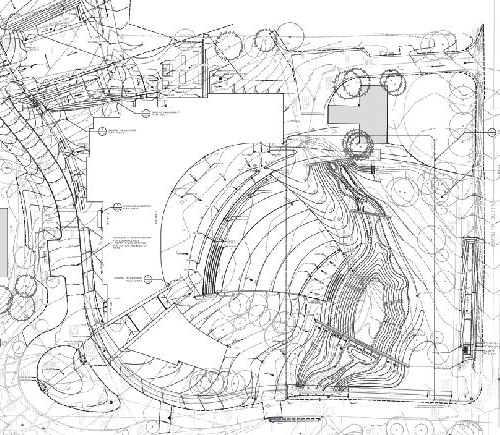Grading is a key element in landscape architecture that can make or break a design.
Creating visual interest
Grading is the process of shaping the land to create slopes, terraces, and other topographical features that enhance the visual appeal of a landscape. Proper grading can transform a flat, boring space into a dynamic and visually stimulating environment.
Managing water flow
Grading also plays a crucial role in managing water flow on a site. By strategically grading the land, landscape architects can prevent erosion, control stormwater runoff, and promote the efficient distribution of irrigation water. This not only helps to protect the environment but also ensures the long-term sustainability of the landscape.
Ensuring accessibility
Another important aspect of grading in landscape architecture is ensuring accessibility. By carefully grading paths, walkways, and outdoor spaces, architects can create a more user-friendly environment that is accessible to people of all ages and abilities. This is particularly important in public spaces where inclusivity and accessibility are key considerations.
Creating functional spaces
Grading is also essential for creating functional outdoor spaces. By carefully grading a site, landscape architects can design areas for recreation, socializing, and relaxation that are both visually appealing and practical. This allows people to fully engage with and enjoy the outdoor environment.
Working with the natural environment
When grading a site, landscape architects must also consider the natural environment and work with the existing topography, vegetation, and soil conditions. By carefully integrating grading into the site design, architects can create a harmonious relationship between the built environment and the natural landscape, resulting in a more sustainable and ecologically sensitive design.
Conclusion
In conclusion, grading is a critical aspect of landscape architecture that affects the visual appeal, functionality, and sustainability of outdoor spaces. By understanding the importance of grading and how it can be used to enhance a design, landscape architects can create dynamic and engaging landscapes that meet the needs of both people and the environment.

